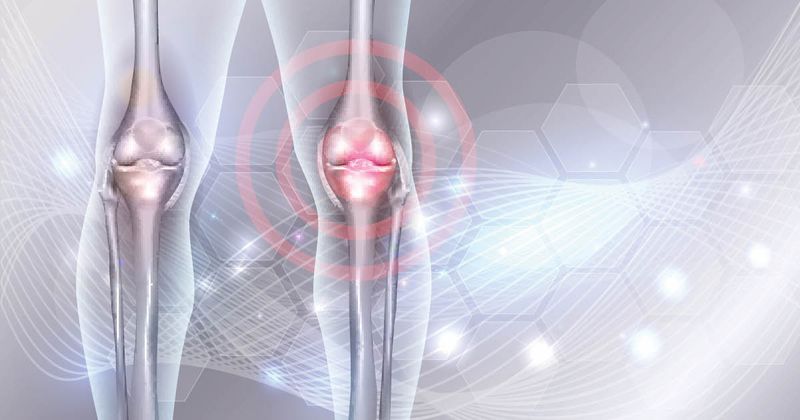Two-stage exchange arthroplasty with irrigation may be safe for infection treatment
Key takeaways:
- Results showed two-stage exchange arthroplasty with irrigation may be safe in the treatment of chronic periprosthetic joint infections.
- Results showed operative time decreased in the irrigation group.
Results presented at the Musculoskeletal Infection Society Annual Meeting showed two-stage exchange arthroplasty with local antibiotic irrigation may be a safe delivery method in the treatment of chronic periprosthetic joint infections.
“In conclusion, the adverse events were similar between the experimental and the control arm with this current treatment. There were a low number of device- and procedure-related events in the experimental arm, and the vancomycin and tobramycin levels demonstrate that local antibiotic concentrations produce serum antibiotic levels within established safe ranges,” Nicolas S. Piuzzi, MD, said in his presentation.

In a prospective, randomized phase 2 clinical trial, Piuzzi and colleagues evaluated the acute safety data for a 7-day two-stage exchange arthroplasty with local antibiotic irrigation compared with standard two-stage exchange in 76 patients for the treatment of chronic periprosthetic joint infection.

The irrigation group (n = 37) received tobramycin and vancomycin with a novel intramedullary irrigation device. The standard two-stage group (n= 39) received an antibiotic-loaded cement spacer with tobramycin and vancomycin.
Researchers found no significant differences in complications between the irrigation group and the standard two-stage exchange group.
Piuzzi also noted no significant differences in mortality rates, with two deaths in the irrigation group and four deaths in the standard two-stage exchange group.
Researchers found low levels of device- and procedure-related complications in the irrigation group. They found vancomycin and tobramycin serum concentration levels were deemed to be within safe ranges.
Piuzzi noted the operative benefits to the irrigation delivery method.
“The overall length of surgery between the two surgeries was lower than that of the control group, so the overall time of the patient in the OR under anesthesia was lower,” Piuzzi said. “And then the blood transfusions, although not statistically significant, were slightly lower on the experimental arm,” he added
“We'll have more data coming up hopefully in the next 6 months, once we conclude all the results of the current study,” Piuzzi concluded.

